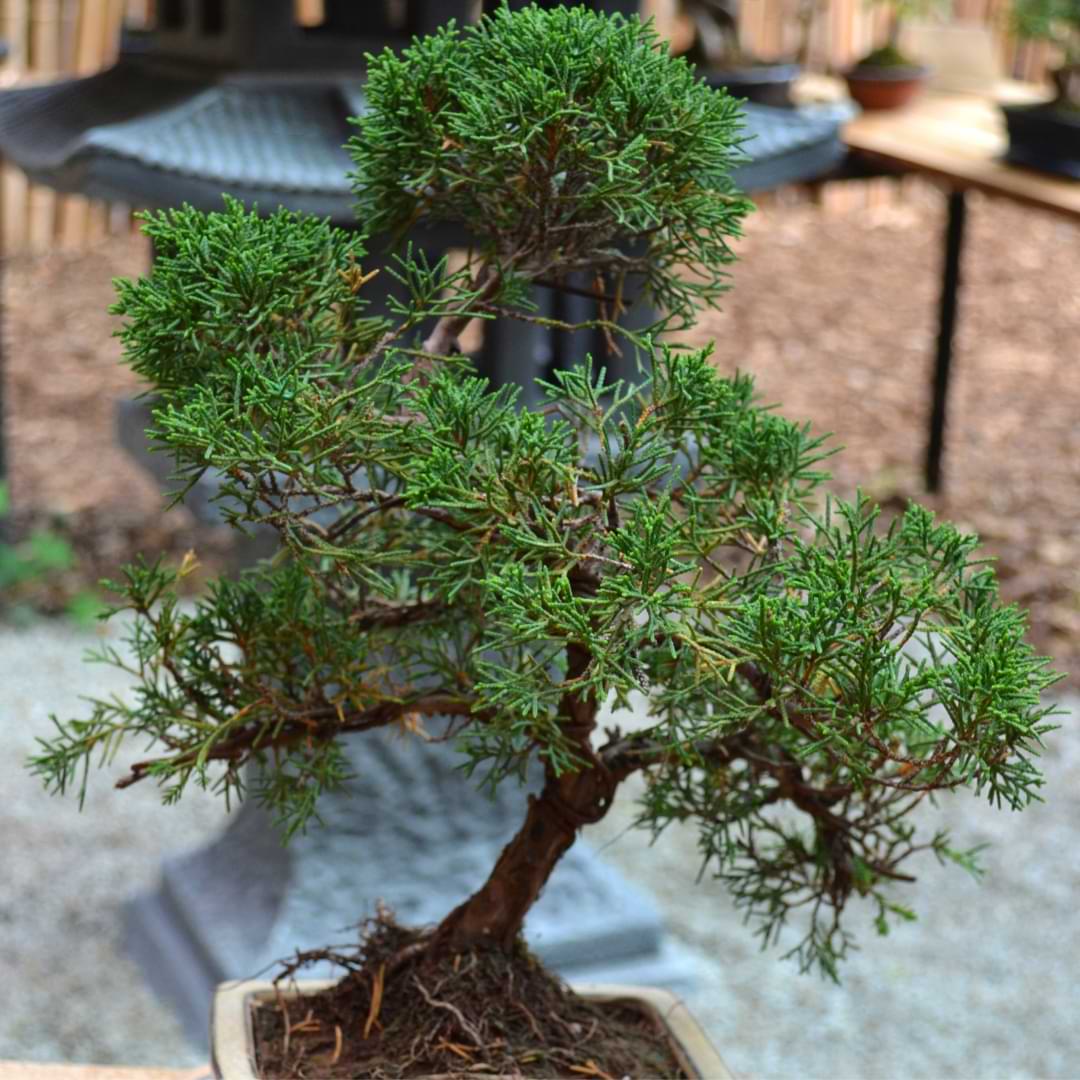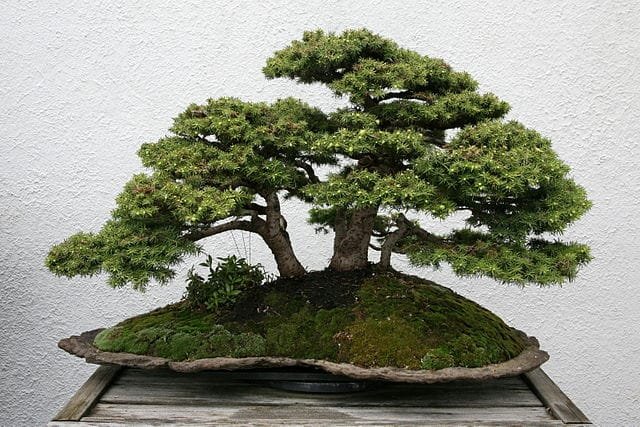Spruce Bonsai Care: A Comprehensive Guide is your go-to resource for all things related to the care and maintenance of your spruce bonsai tree. Get all the information you need to ensure your tree thrives!
Whether you’re a seasoned bonsai enthusiast or just starting out, this article provides a wealth of information to ensure that your spruce bonsai thrives in its unique environment. From tips on watering and pruning to advice on repotting and indoor care, this comprehensive guide covers it all.
So, if you’ve ever wondered about the best practices for caring for your spruce bonsai, look no further than this invaluable resource.
Spruce Bonsai Care Guidelines
If you’re a fan of bonsai trees and looking to add a unique and beautiful option to your collection, consider the spruce bonsai. Spruce bonsai trees offer a distinct appeal with their sturdy branches and vibrant green foliage. In this comprehensive guide, we will provide you with all the information you need to know about spruce bonsai care, from choosing the right tree to caring for it in different seasons.

General Information about the Spruce Bonsai Tree
Spruce bonsai trees belong to the Picea genus, which includes various species such as Norway spruce, Colorado blue spruce, and Sitka spruce. These trees are known for their symmetrical growth patterns and needle-like leaves. Spruce bonsai trees can provide a sense of tranquility and beauty to any space, making them a popular choice among bonsai enthusiasts.
Choosing the Right Spruce Bonsai
When selecting a spruce bonsai tree, there are a few factors to consider. First, determine the type of spruce bonsai you prefer, such as the Norway spruce, Colorado blue spruce, or Sitka spruce. Each species has its unique characteristics, so choose one that aligns with your preferences and the environment it will be placed in.
Another aspect to consider is the age and size of the bonsai tree. Some spruce bonsai trees are younger and smaller, while others may have been trained and grown into larger sizes. Think about the space you have available and the aesthetic you want to achieve before making a purchase.
Spruce Bonsai Tree Sale
If you’re interested in purchasing a spruce bonsai tree, there are several places where you can find them for sale. Local nurseries and garden centers often carry a variety of bonsai trees, including spruce bonsai. You can also explore online marketplaces and specialized bonsai retailers to find a wider selection.
When buying a spruce bonsai tree, it’s essential to inspect it carefully before making a purchase. Look for signs of pests or diseases, ensure the branches are healthy and balanced, and check that the tree is well-potted in a suitable bonsai container. Taking these precautions will help ensure you bring home a healthy and thriving spruce bonsai.
Spruce Bonsai Tree Seeds
If you’re up for a rewarding and patient journey, you may consider growing a spruce bonsai tree from seeds. Spruce bonsai tree seeds can typically be found in specialty bonsai shops or ordered online. It’s crucial to follow the specific instructions for spruce bonsai seed germination and care, as the process may vary depending on the species.
Growing a spruce bonsai tree from seeds allows you to witness its entire life cycle and actively participate in its development. However, keep in mind that it requires dedication and patience, as it can take several years for the tree to mature and take on its desired bonsai form.

Caring for a Spruce Bonsai Tree
Now, let’s dive into the essential care guidelines for spruce bonsai trees. These guidelines will help you maintain a healthy and thriving tree throughout the year.
Light and Temperature
Spruce bonsai trees thrive in bright, indirect light. They should ideally be placed outdoors, where they can receive at least six hours of sunlight daily. However, if you live in an area with harsh winters or extreme temperatures, it may be necessary to provide some protection or bring the tree indoors during these periods.
Watering
Proper watering is crucial for the health of your spruce bonsai tree. During the growing season, which is typically from spring to autumn, ensure the soil is evenly moist. Avoid letting the soil dry out completely, as this can cause stress to the tree. However, be cautious not to overwater either, as excessive moisture can lead to root rot.
In the winter, reduce the frequency of watering as the tree enters its dormant phase. Only water when the top layer of soil feels dry to the touch. This will prevent waterlogging and ensure the tree receives the right amount of moisture throughout the colder months.
Soil and Fertilizer
Spruce bonsai trees prefer well-draining soil. A mixture of akadama, pumice, and lava rock is commonly used for bonsai soil. This combination promotes proper root health and moisture retention without allowing the soil to become waterlogged.
Fertilizing your spruce bonsai tree is essential for its growth and overall health. During the growing season, use a balanced, slow-release fertilizer specifically formulated for bonsai trees. Follow the instructions on the fertilizer package for the correct dosage and timing.
Pruning and Shaping
Regular pruning and shaping are integral to maintaining the desired form and aesthetics of a spruce bonsai tree. Prune back any new growth to maintain the tree’s shape and encourage branching. It’s crucial to use sharp and clean bonsai tools to prevent damage and promote proper healing of the cuts.
When shaping your spruce bonsai tree, consider the style you want to achieve. For example, formal upright, cascading, or windswept are popular bonsai styles that can be applied to spruce bonsai trees. Seek guidance from experienced bonsai enthusiasts or consult bonsai literature to learn more about shaping techniques and styles.
Spruce Bonsai Winter Care
Winter care is particularly important for spruce bonsai trees, as they are typically conifers and may have different needs during the dormant season. Here are some essential tips for caring for your spruce bonsai tree during winter:
Protection from Extreme Cold
If you live in an area with extremely cold temperatures, it’s crucial to protect your spruce bonsai tree from frost and freezing conditions. One way to do this is by placing the tree in an unheated greenhouse or cold frame. Alternatively, you can wrap the pot and branches with burlap or other insulating materials to shield them from winter elements.
Watering and Moisture
During winter, the watering needs of spruce bonsai trees decrease. Only water when the top layer of soil feels dry to the touch, as overwatering can be detrimental to the tree’s health. However, it’s essential to ensure the tree receives adequate moisture, especially if the winter is dry and windy.
Avoiding Rapid Temperature Changes
Spruce bonsai trees can be sensitive to rapid temperature changes, especially during winter. Try to avoid moving the tree indoors and outdoors frequently, as this can shock the tree and cause stress. Choose a suitable location for the tree during winter and aim for stability in temperature and lighting conditions.

Spruce Bonsai Care: Tips and Tricks
To round off our comprehensive guide, here are some additional tips and tricks for spruce bonsai care:
- Avoid placing your spruce bonsai tree near drafts, heating vents, or air conditioning units, as these can dry out the tree and cause damage.
- Monitor the tree regularly for any signs of pests or diseases, such as spider mites or fungal infections. If you notice any issues, take appropriate action promptly to prevent further damage.
- If you’re unsure about how to care for your spruce bonsai tree, consider joining a local bonsai club or seeking guidance from experienced bonsai enthusiasts. They can provide valuable advice and share their knowledge and experiences with you.
- Remember that each bonsai tree is unique, and it may require individualized care based on its specific needs. Take the time to observe your spruce bonsai tree closely and adjust your care routine accordingly.
With proper care and attention, spruce bonsai trees can thrive and bring beauty to your living space for years to come. Enjoy the journey of nurturing and shaping your spruce bonsai, and embrace the tranquility it adds to your surroundings.


